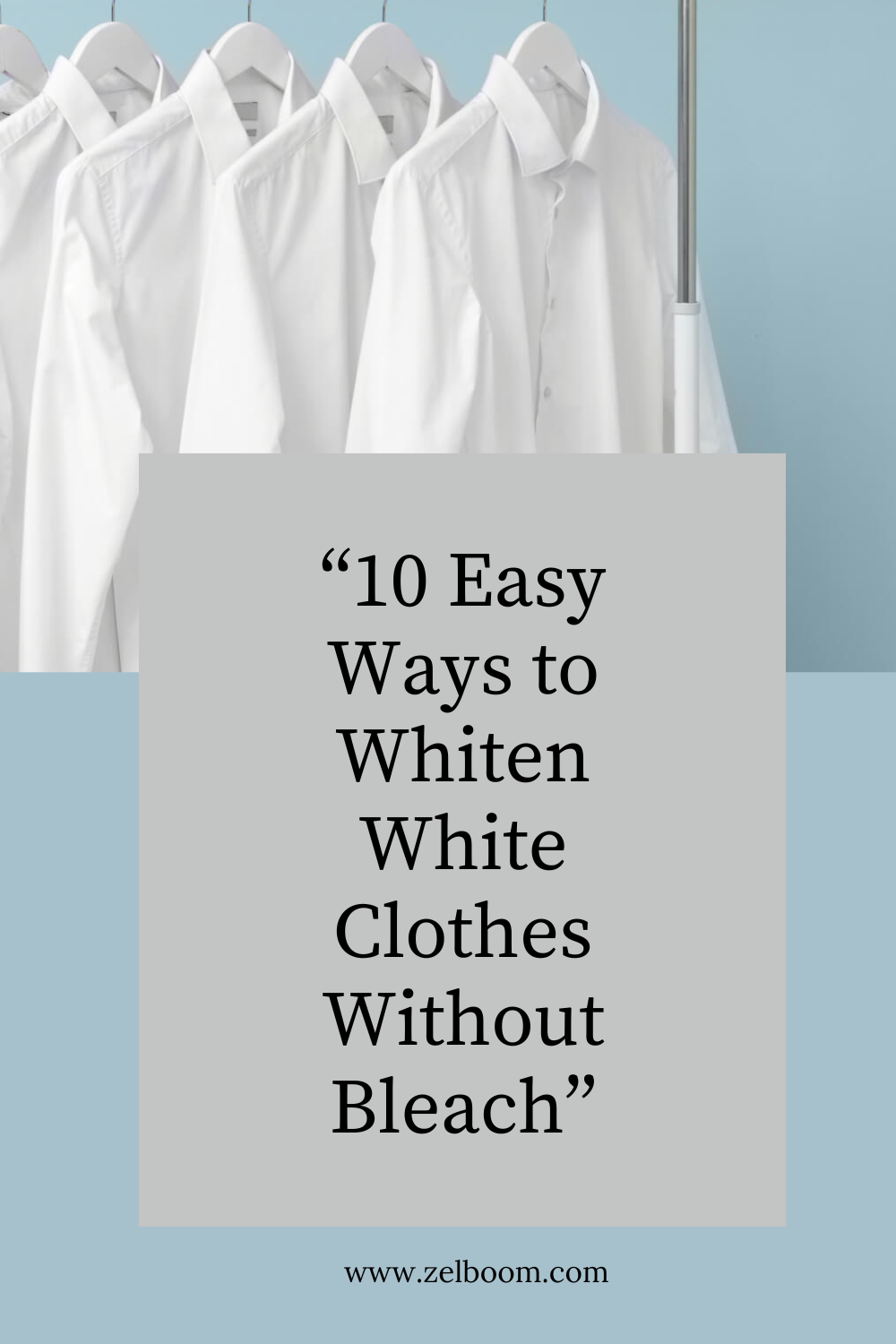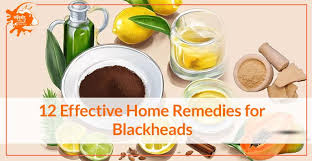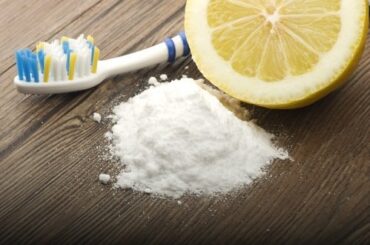Let’s face it you bought those crisp white shirts, sheet set or socks thinking “white = clean”, and now they’re looking more “off-white” or “dingy grey”. No problem it happens. But you can get them back on track. Here are 10 non-bleach methods to whiten white clothes.
Key Takeaways
- You don’t need harsh chlorine bleach to keep your whites sparkling.
- Pantry staples like baking soda, white vinegar, lemon juice and hydrogen peroxide work wonders.
- Pre-treating, sorting smart and drying in the sun are just as important as the “whitening agent”.
- Regular care and good habits prevent whites from going dull — don’t wait until they look grey.
1. Baking Soda Boost
Add about ½ cup baking soda to your regular detergent when washing whites. Baking soda helps lift dingy residue and brighten fabric.
How to use:
- Put your whites in the machine.
- Sprinkle ½ cup baking soda on top of detergent.
- Wash on the normal cycle.
- For tough spots, make a paste of baking soda + water, apply to the area, wait 10-15 minutes, then wash.
Why it works: Baking soda is mildly alkaline; it helps dissolve oils and residues that dull white fabrics.
2. Distilled White Vinegar Rinse
White vinegar is a natural acidic rinse. It helps remove detergent and mineral residue that make whites look grey.
How to use:
- After wash, during rinse cycle add 1 cup white vinegar in warm water.
- Soak your whites in that vinegar water for 30-60 minutes before washing.
- Then proceed with normal detergent wash.
Why: Residue from detergent or hard water builds up inside fibers and clouds the white colour. Vinegar clears it out.
Your whites whisper “thank you” while they spin.
3. Lemon Juice / Citric Acid Soak
Lemon juice (or citric acid) is a gentle bleaching agent from nature.
How to use:
- Fill a large tub with warm water.
- Add ~½ cup lemon juice or 3 tablespoons citric acid powder (if available).
- Soak your white clothes for 30-60 minutes.
- Then wash as usual.
- Dry in sunlight.
Why: The acidity helps lift stains and brighten whites without the harshness of chlorine bleach.
4. Hydrogen Peroxide Add-In
Hydrogen peroxide is a safe “oxygen-bleach alternative” for white clothes.
How to use:
- Add 1 cup (approx.) of 3% hydrogen peroxide into the bleach dispenser of your washer when washing whites.
- Use warm water (if fabric allows) for better results.
- Wash normally.
Why: It releases oxygen which breaks down stains and brightens fabrics gently.
Note: Always test on a small area if you’re unsure about the fabric.
5. Sun-Drying / UV Power
Here’s a “free” whitening method: sunlight. UV rays can help brighten white fabrics. How to use:
- After washing, hang your freshly washed white clothes outside in direct sunlight (if safe for the fabric).
- Let them dry fully in the sun.
- If you must tumble-dry, still follow up with some outdoor drying if possible.
Why: Sunlight helps break down residual stains and reminds your whites what “bright” looks like.
Caution: Do not over-expose delicate fabrics (silk, lace) as too much sun may weaken fibers.
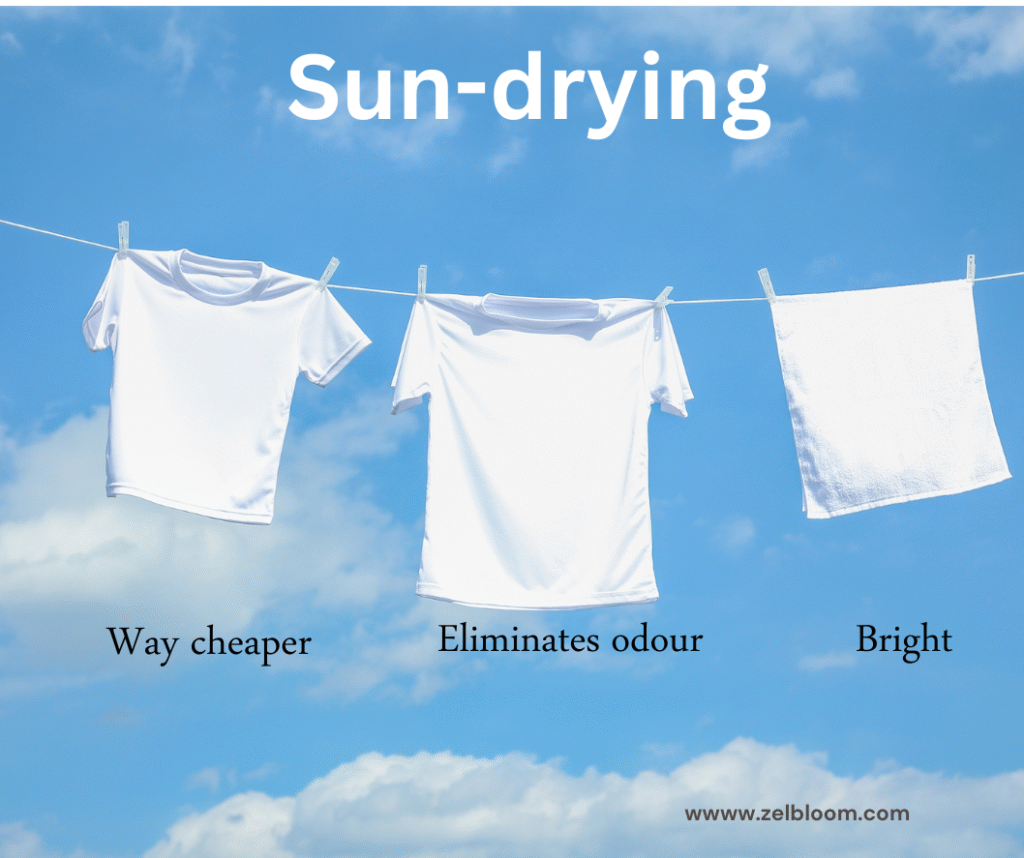
6. Borax / Washing Soda Booster
These powdery minerals are old-school but effective for brightening whites without bleach.
How to use:
- Add about ½ cup borax (or washing soda) to the washing machine drum along with your whites and detergent.
- Use warm/hot water (as fabric allows) for maximum effect.
- Let clothes soak if possible, then wash normally.
Why: They boost your detergent’s cleaning power, help lift dirt, and keep whites bright.
7. Pre-soaking Whites
Sometimes the dirt has really set in. A pre-soak gives you a head start.
How to use:
- Fill a tub with warm water.
- Add one of baking soda or washing soda, or lemon juice and hydrogen peroxide in warm water.
- Submerge the whites and let soak for 30-60 minutes (or even overnight if very dingy).
- After soaking, wash as usual.
Why: Loosening the stain/residue ahead of time makes the actual wash more effective.
Tip: Use a large enough container so clothes aren’t jammed—let them “float”.
8. Use a Gentle Brightener / Optical “Bluing”
Older trick: a little bit of “bluing” makes whites look brighter by adding a faint blue-tint.
How to use:
- Purchase a laundry bluing agent.
- Add a few drops into the final rinse cycle according to instructions.
- Do not over-apply: too much = faint blue tint.
- Then rinse and dry normally.
Why: Pure white fabric may reflect blue slightly, tricking the eye into perceiving “brighter white”.
It’s like giving your shirt a little “tint of confidence”.
9. Proper Sorting & Machine Care
This isn’t exactly a “whiten agent” but it’s foundational: if you treat your whites badly, no amount of booster will fix it.
What to do:
- Always wash whites separately from colours.
- Use too much detergent? Nope – that leaves residue.
- Make sure your washer is clean: run an empty hot cycle with vinegar or appropriate cleaner occasionally.
- Use the correct water temperature as per fabric label.
Why: Whites pick up the faults of your washer and laundry habits over time.
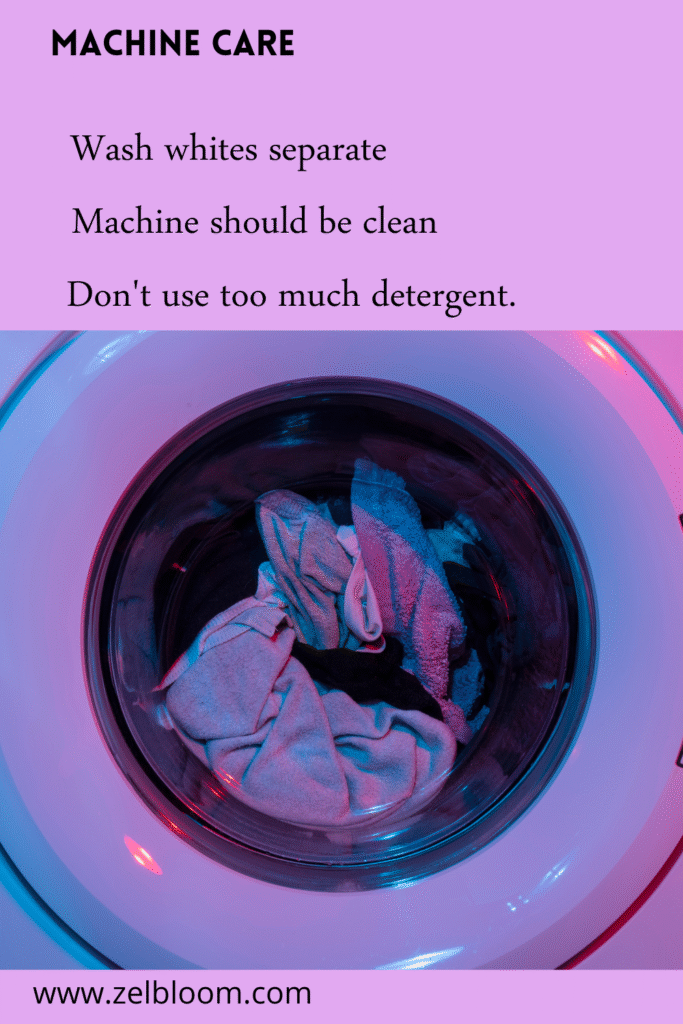
10. Treat Stains Immediately & Maintain Good Habits
Waiting until your whites are grey? That means you’re too late.
What to do:
- Spots: Pre-treat collars, armpits, cuffs with a paste of baking soda, or lemon juice.
- Wash whites regularly — don’t let body oils, sweat & dust set in.
- Avoid fabric softener too often on whites: it can leave film.
- Store whites well in dry, breathable space to avoid yellowing in storage.
Prevention is better (and easier) than restoration.
(FAQs)
Is it safe to use these methods on all white fabrics?
A: Mostly yes, but always check the care label. Delicate fabrics like silk, lace, trimmed garments might not tolerate high temp or aggressive treatments. When in doubt, test a small hidden area.
Why do my white clothes look dull even after washing?
A: Several possible reasons: detergent residue, hard water minerals, mixing with coloured items, or aged fabric. Methods above like vinegar rinse, baking soda, pre-soak help correct these.
Can I just use bleach instead of all these steps?
A: You could, but bleach has downsides: it can weaken fibers over time, may leave yellowing or grey patches, and isn’t ideal for all fabrics. Many experts recommend milder bleach-free alternatives for regular maintenance.

